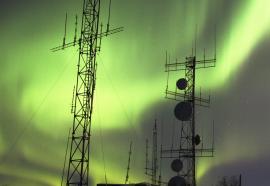Santa Clara Library Unveils Public EV Charging Stations
Submitted by aburr on Sat, 2013-06-01 13:36The Santa Clara City Library installed two new EV charging stations, supplied by ECOtality and Silicon Valley Power (SVP). Blink EV charging stations at the library will provide electricity at both Level 3 (480-volt DC fast charging) and Level 2 (208/240-volt AC charging) power levels, and will accept either credit cards or a ChargePass pre-paid card. The library EV charger project was primarily funded via a U.S. Department of Energy (DOE) grant to ECOtality of San Francisco and it’s the nationwide EV Project.








